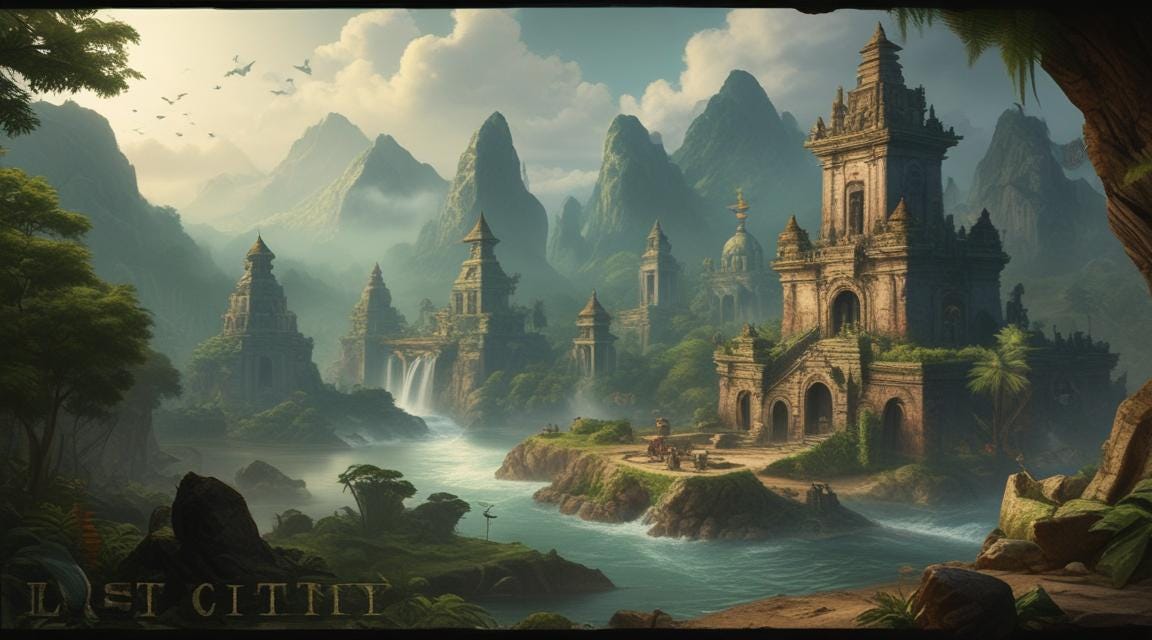Capital move? Indonesia unveils Nusantara
Why countries change the seat of government. Fairy tales retold. And a lost city
Welcome to This Week, Those Books, your rundown on books new and old that resonate with the week’s big news story. In our second year, a big thank you to our community of more than 10,000 subscribers in 114 countries.
🎧 Would you rather listen? The podcast drops at the w/e.
This Week, Those Books is taking a break, so the spotlight in the next three weeks will be on the gems we unlock from the archives. I’ll be back September 11 to join the week’s big news story to the world of books.
– Rashmee
Keep reading with a 7-day free trial
Subscribe to This Week, Those Books to keep reading this post and get 7 days of free access to the full post archives.





